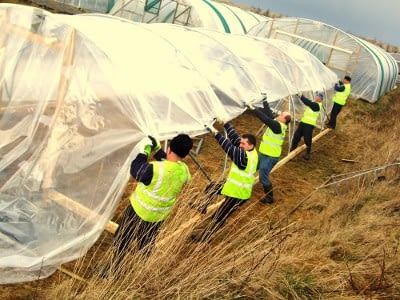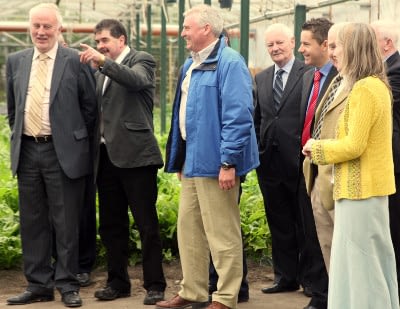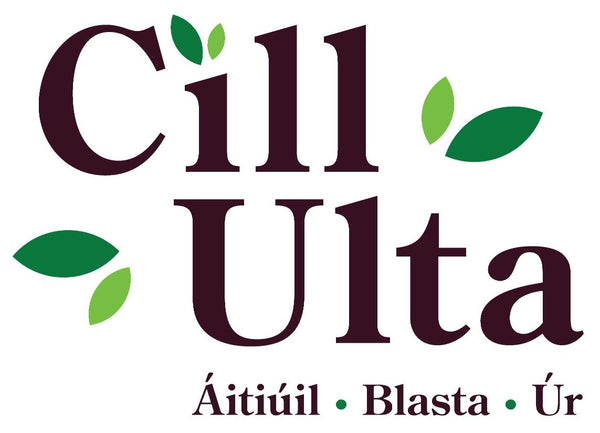
History of Cill Ulta
Share
The Story of the Glasshouses

The Beginning
The development of the Glasshouses at Cill Ulta started in the late 1960s by Gaeltarra Éireann, a national development agency for the Gaeltacht. Twenty-six full-time staff with an additional twenty-six seasonal workers grew tomatoes, potatoes, carrots, and lettuce under 8 acres of glass.
For year round production the glasshouses were heated by oil, but by the mid 1970s the rising price of oil made the operation increasingly expensive and the business could not compete with the growing volume of cheaper imports. Operations ceased in 1976.
Between Projects
Some of the glasshouses were dismantled while the rest fell into disrepair, badly damaged in the face of the heavy north Atlantic storms. The area became overgrown with weeds and briars, laying derelict for a number of years. Efforts to revive the glasshouses began in the 1980's with the 90's seeing a major restoration of the last remaining acre of glasshouse.
Údaras na Gaeltachta
Údarás na Gaeltachta, who took over from Gaeltarra Éireann as the regional development body for the Gaeltacht and who now owns the Glasshouses, were happy to allow Gortahork Parish Council to develop the site. A local committee sub-leased the site from the Parish Council and started to reclaim it for the benefit of the community. They arranged for a volunteer programme and FÁS sponsored work schemes to breathe life back into the place once more.

Cloughaneely Community Enterprise
Cloughaneely Community Enterprise (CCE), a voluntary organisation specifically tasked with the redevelopment of the glasshouses was established. They enlisted the support of Meitheal Forbartha na Gaelteachta (MFG), a community development organisation for the Gaeltacht. MFG carried out research among smallholders in the area. The research highlighted a major need for information and training, so the development of education and skills was given a central role in the development of the project.
In the early 2000s Teagasc was engaged to help plan a course in horticultural skills with FETAC Level 4 certification. FÁS; Údaras; and the Department of Social, Community and Family Affairs facilitated the employment of two trainers and the provision of a classroom and materials. The programme was filled with eager students and as the course progressed, produce was once again flowing from the Glasshouses.

Lárionad Acmhainní Nádúrtha
A leasing agreement was arranged with Údarás and in 2003 MFG ran a year long community employment scheme to maintain operations. In 2004 a community and enterprise limited company with charitable status was formed to take over the lease and manage the centre; Lárionad Acmhainní Nádúrtha Teoranta (LAN Teo. ~ Centre for Natural Resources). The company maintained progress on the sustainable development of this resource for the benefit of the local area. Training and production also continued with the help of a FÁS Community Employment scheme for a number of years.
Údarás na Gaeltachta facilitate the ongoing development of the centre through the Rural Social Scheme administered by POBAL on behalf of the Department of Social Protection. L.A.N. Ctr. continues to run this horticultural project using natural and sustainable methods to produce herbs and vegetables of the highest quality. It is assisted by the Community Services Programme (CSP) administered by POBAL on behalf of the government.
